Common and Senegalese sole are credible candidates
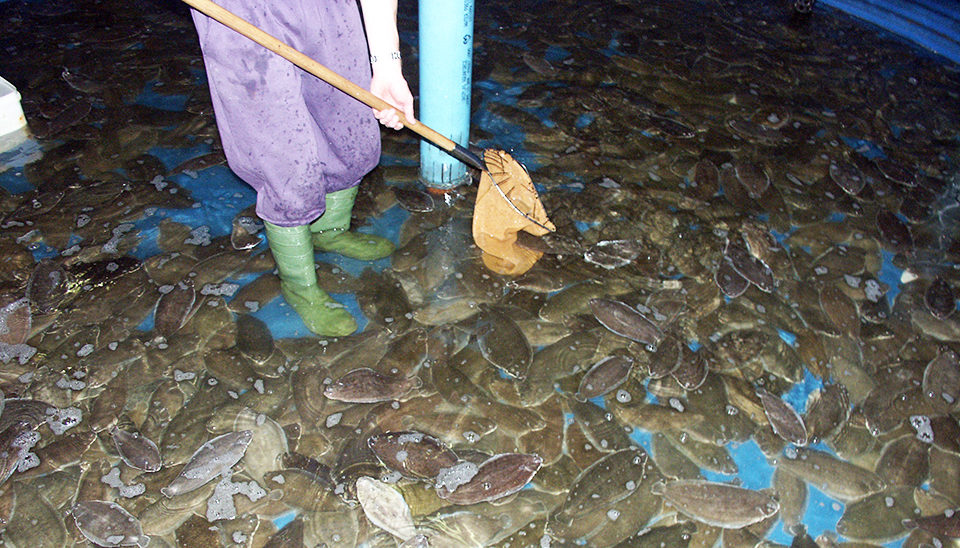
The aquaculture industry has expanded extensively in Europe in the last decades, but the growth can mainly be attributed to the culture of a few marine species that already show signs of market saturation. Scientific and technical interests have focused on high-value native species whose biological cycles can be reproduced using currently available breeding techniques. From this point of view, common sole (Solea solea) and Senegalese sole (S. senegalensis) are credible candidates for marine culture.
The current market price for common sole in the European Union is U.S. $11.00-21.40/kg, depending on size and season, and around $10.40-18.15/kg for Senegalese sole. Consumer demand for both species – 30,000-45,000 metric tons (MT) per year during the last decade – has essentially been supplied by fisheries.
Annual catches fluctuate as a result of differences in year class strength, and it is hard to predict sole landings from fisheries in the long term. Current limited information indicates that catches are declining for Senegalese sole, and considering the increasing pressure to close down fishing in parts of the North Sea, fisheries production of sole is more likely to decrease than increase.
Sole culture issues
Thirty years ago, sole was already considered one of the most interesting and promising species for marine fish farming in Europe. However, its commercial culture did not develop because of technological and disease problems. In particular, a main problem was the disease black patch necrosis (BPN). It is now known that BPN is promoted by poor nutrition in the natural diets fed to the sole.
Another constraint for sole farming in Western and Northern Europe used to be water temperature control. Even the more northern of the two species (S. solea) requires relatively warm water near 20 degrees-C for optimal growth in the juvenile and growing stages. But suitable sites – near power plants, for example – were rare.
Today, recirculation technology is fully established and widely available. This means that optimal growth conditions for sole are now available year round, even in temperate areas. Combined with recent advances in feed technology for the weaning and grow-out stages, there has been renewed interest in sole as an aquaculture species.
Culture potential
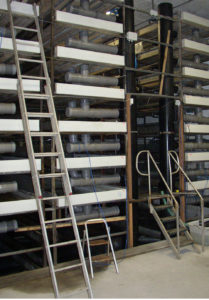
Scientific reports published over the last three decades and several laboratory and pilot-scale experiments have generated useful knowledge on sole biology in captivity that is applicable to its commercial culture. Studies have investigated sole ecology, population genetics and biology in their natural environment.
The studies showed that sole spawn readily in captivity, and the buoyant fertilized eggs are easily collected. Stocking density during maturation should be 1-1.5 kg per square meter, and water temperature should be kept above 16 degrees-C for S. senegalensis or 8 to 12 degrees-C for S. solea. In nature, the onset of spawning is related to the rise in temperature that occurs during spring.
Salinity should be kept constant at 33 to 35 ppt. and the fish reared under simulated natural photoperiod. In other cultured flatfish species, a change in photoperiod is the key environmental signal used to manipulate and control maturation, but at the present, no published work verifies or contradicts this for S. senegalensis or S. solea.
A mixture of inert and live foods may increase the weaning success of sole fry. This can be further enhanced by using attractants in the dry feed. Future experiments are needed to determine the ideal time to commence weaning and determine the minimum duration of this period.
Since the effects of temperature and photoperiod on juvenile growth have not been studied systematically in the two sole species, the relative importance of a direct photoperiod effect on growth in sole therefore remains to be defined. Problems with malpigmentation in which the fish do not develop enough coloration on the dorsal surface have been solved with the use of live food enrichments during the larval stage. Supply issues regarding volume and consistency still remain for fertilized eggs from S. solea broodstock.
High-density culture using shallow raceway technology has been demonstrated in research trials and pilot commercial production for both species. However, growth rates for S. solea remains slow compared to other commercial aquaculture species, which reduces their attractiveness for large-scale commercial production.
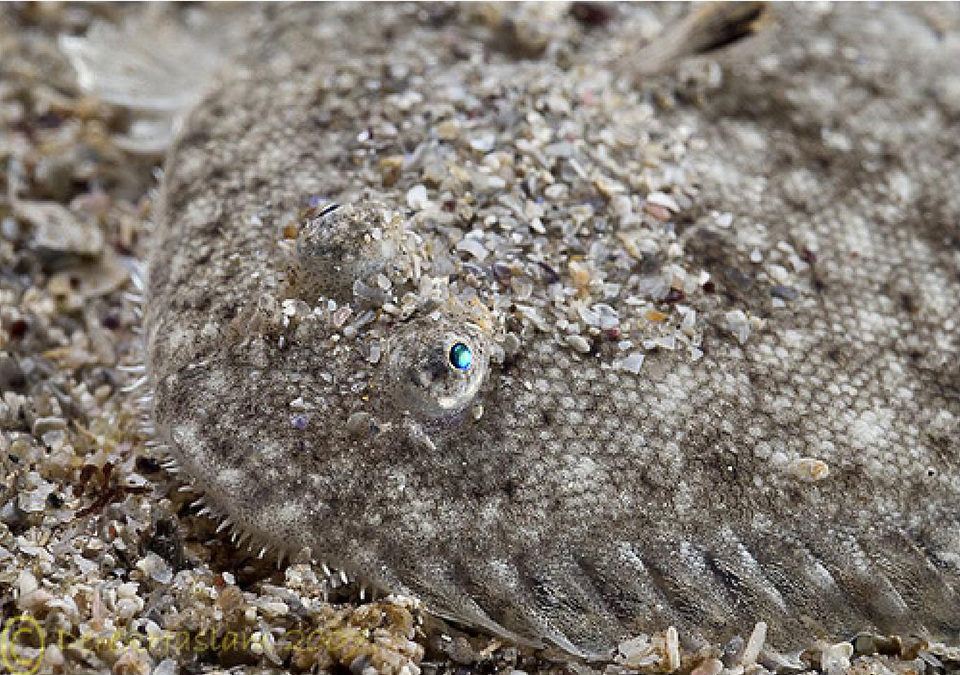
Challenges remain
Recent studies on the close phylogenetic relatedness of S. solea and S. senegalensis will be valuable for future genetic selection and selective breeding. Studies on sole have clearly indicated that, in contrast to other cultured marine fish, fingerling production is not a bottleneck for development of commercial culture, as this step already has been mastered at laboratory and pilot scales.
There are still needs for feeding and growout systems for sole culture, mainly due to the peculiar feeding behavior of the species. Sole require grow-out facilities that are a compromise between having self-cleaning capacity, feed residence time and feed distribution. Currently, no commercial feed fulfills the needs of sole.
(Editor’s Note: This article was originally published in the May/June 2009 print edition of the Global Aquaculture Advocate.)
Now that you've reached the end of the article ...
… please consider supporting GSA’s mission to advance responsible seafood practices through education, advocacy and third-party assurances. The Advocate aims to document the evolution of responsible seafood practices and share the expansive knowledge of our vast network of contributors.
By becoming a Global Seafood Alliance member, you’re ensuring that all of the pre-competitive work we do through member benefits, resources and events can continue. Individual membership costs just $50 a year.
Not a GSA member? Join us.
Authors
-
Dr. Albert Kjartansson Imsland
Akvaplan-niva, Iceland Office
Akralind 4
201 Kópavogi, Iceland[111,110,46,97,118,105,110,46,110,97,108,112,97,118,107,97,64,100,110,97,108,115,109,105,46,116,114,101,98,108,97]
-
Dr. Atle Foss
Akvaplan-niva, Bergen Office
Bergen, Norway -
Dr. Patrick White
Akavplan-niva, Polar Environmental Centre
Tromsø, Norway
Tagged With
Related Posts
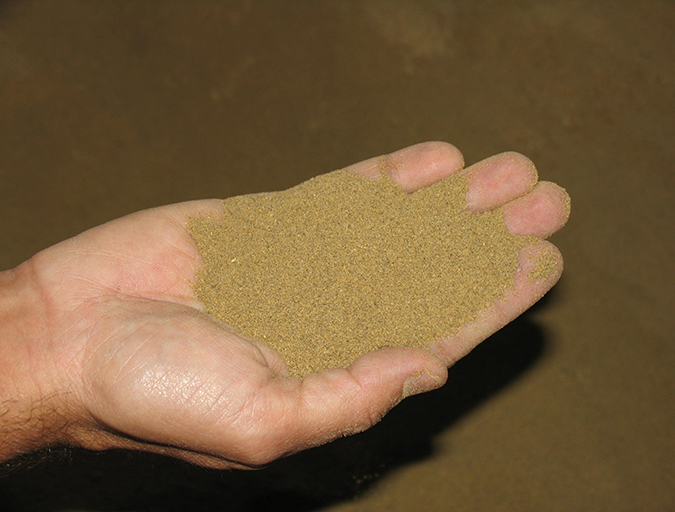
Aquafeeds
A look at the SME controlled extrusion process
A study was conducted using a Twin-Screw Extruder equipped with Specific Mechanical Energy (SME) and Density Control valves, to determine the effect of SME on the water stability of shrimp feeds. Further research is needed to evaluate the performance.
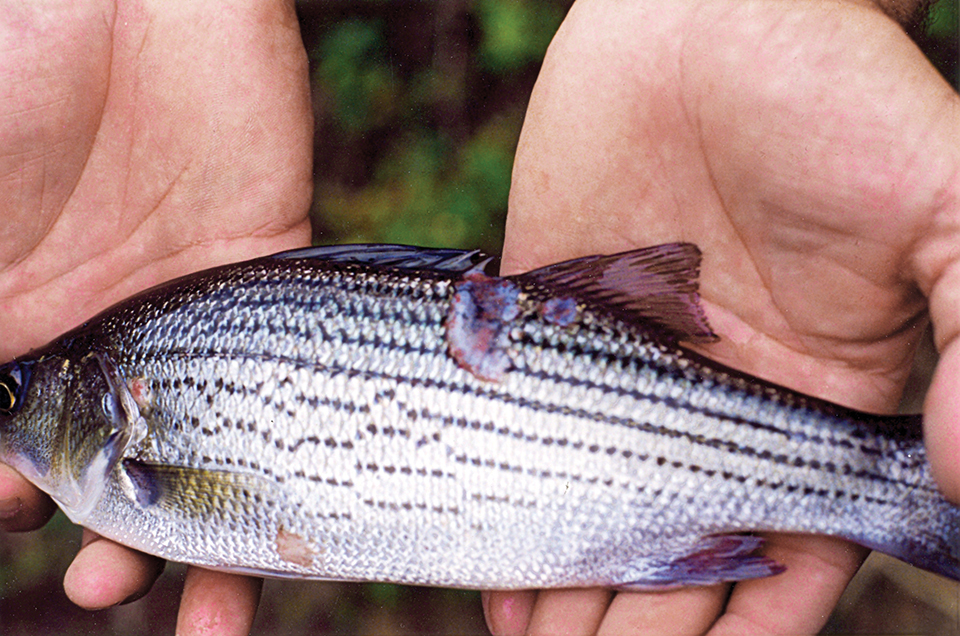
Health & Welfare
Antibiotic-resistant bacteria, part 1
No antimicrobial agent has been developed specifically for aquaculture applications. However, some antibiotic products used to treat humans or land-based animals have been approved for use at aquaculture facilities.
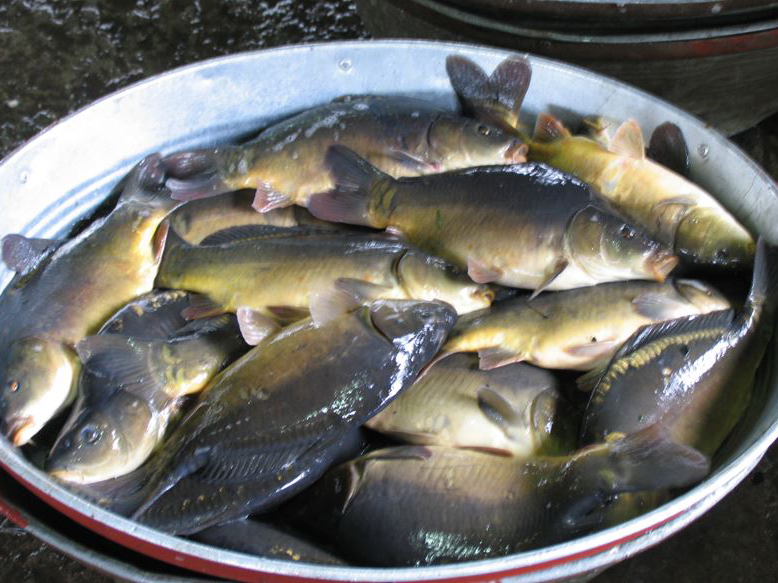
Health & Welfare
Barcoding, nucleic acid sequencing are powerful resources for aquaculture
DNA barcoding and nucleic acid sequencing technologies are important tools to build and maintain an identification library of aquacultured and other aquatic species that is accessible online for the scientific, commercial and regulatory communities.
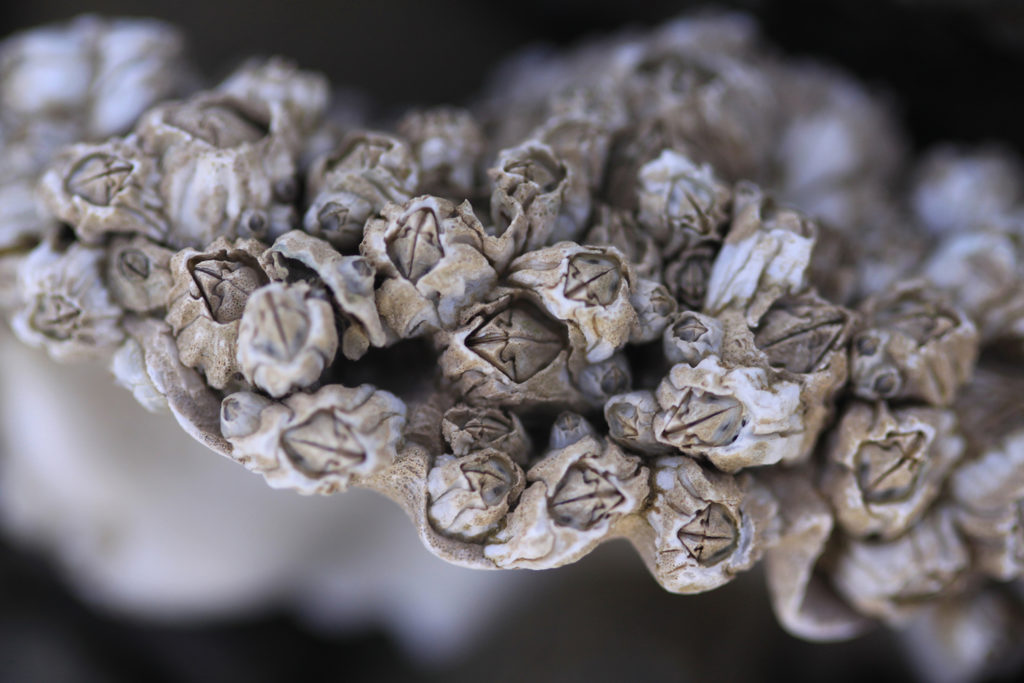
Aquafeeds
Barnacles to shake up live feeds for aquaculture?
Norwegian startup Planktonic AS believes that it has hit upon a viable alternative to traditional live diets in the form of nauplii from barnacles.


